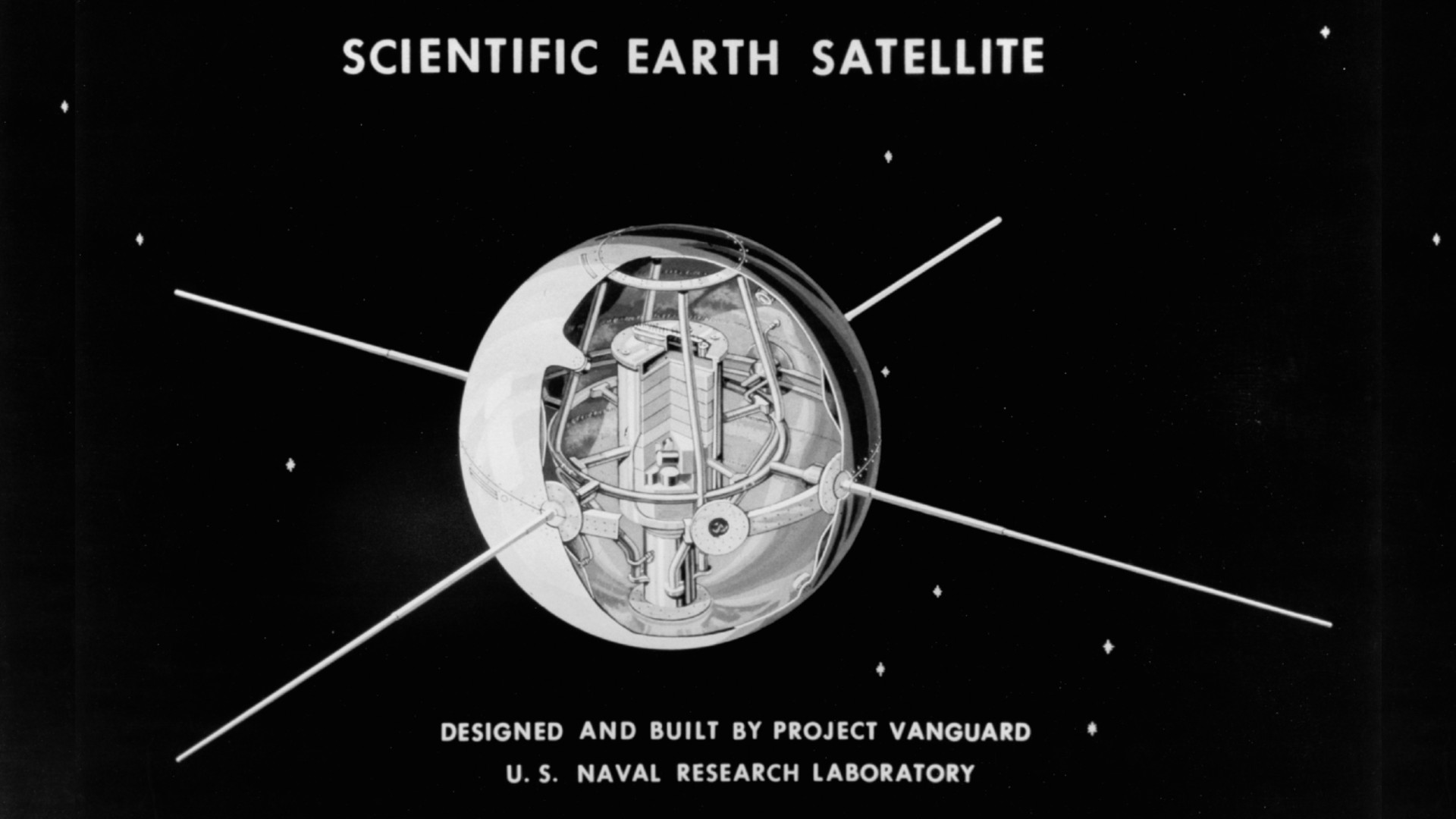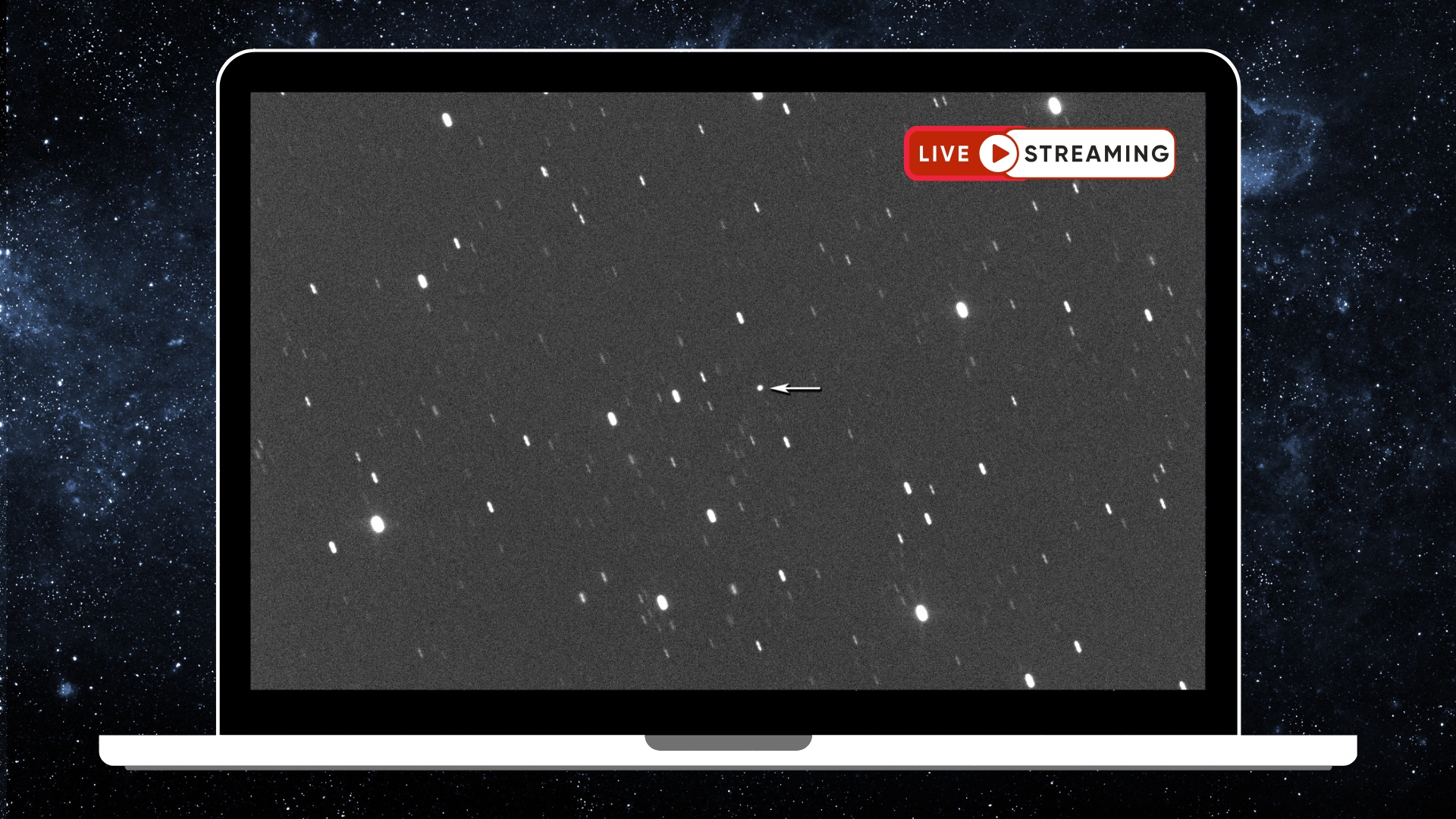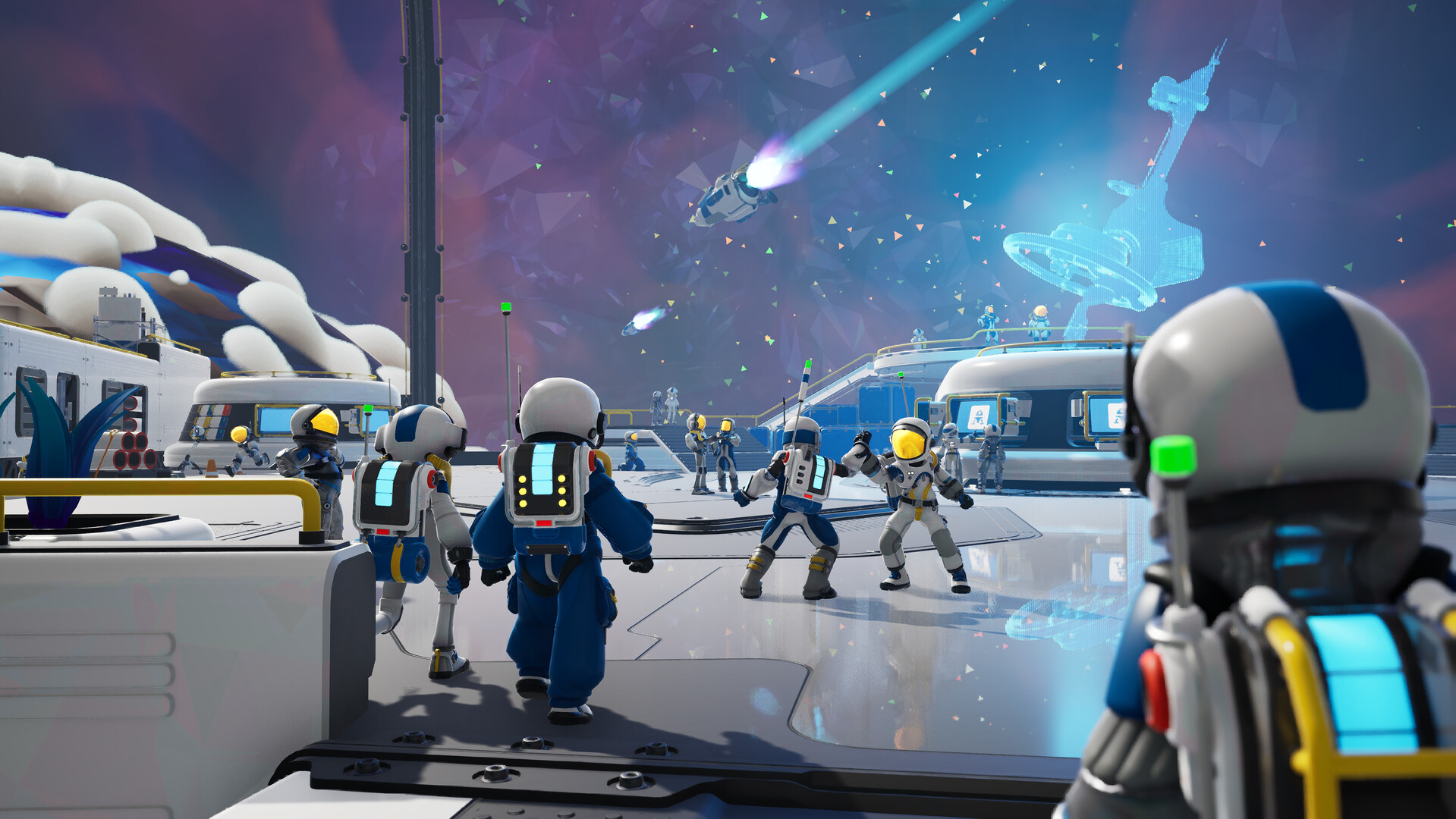‘Land of the Dead’ 20 Years Later – Why Big Daddy Is the Definitive Romero Zombie
The prevalence of zombies as faceless canon-fodder in genre media can mostly be explained by how much easier it is to convincingly depict a walking corpse than other classic monsters like aliens and werewolves. However, the overabundance of undead antagonists in fiction might also have something to do with the morbid catharsis that comes with […] The post ‘Land of the Dead’ 20 Years Later – Why Big Daddy Is the Definitive Romero Zombie appeared first on Bloody Disgusting!.
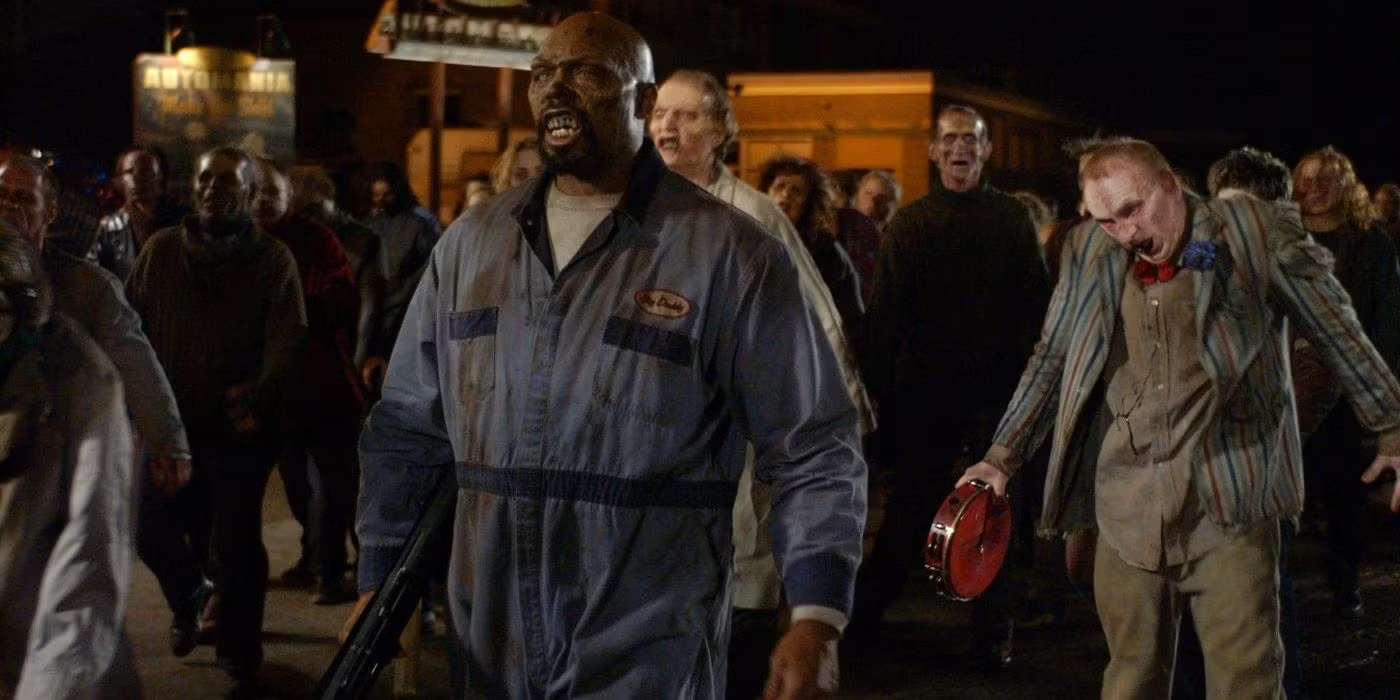
The prevalence of zombies as faceless canon-fodder in genre media can mostly be explained by how much easier it is to convincingly depict a walking corpse than other classic monsters like aliens and werewolves. However, the overabundance of undead antagonists in fiction might also have something to do with the morbid catharsis that comes with observing the death of something that looks human without experiencing any of the guilt associated with witnessing (or in the case of video games, committing) actual homicide.
Of course, the very best stories in the zombie genre tend to be the ones that remind us that the undead used to be real people, and if there’s master of this horrific craft, it has to be the creator of the modern zombie film himself, the late, great George A. Romero.
After all, despite countless attempts at creating movies, books and games inspired by the filmmakers’ work, no one has ever quite managed to balance both the horror and humanity of the living dead quite as skillfully as Romero did. A perfect example of this is the character of Big Daddy from Land of the Dead, a terrifying presence that also happened to be a walking embodiment of all the recurring themes present in the director’s extensive filmography. And with the film celebrating its 20th anniversary this year, I think this is the perfect time to look back on what I believe to be the single greatest zombie in all of fiction.
Of course, to really be able to understand why Big Daddy is such an important part of Romero’s mythology, we need to go back to the stories that originally inspired the filmmaker’s lifelong fascination with the living dead. And while Victor Halperin’s White Zombie and the beliefs associated with it almost certainly informed the re-animated flesh-eaters of Night of the Living Dead, it was Richard Matheson’s I Am Legend and its first two adaptations that influenced Romero’s work the most.
If you’re only familiar the 2007 adaptation of the novel (which came full circle by lifting more ideas from Romero than from its source material), Matheson’s 1954 parable tells the story of a vampiric outbreak that wipes out nearly all of humanity in the then-future of the 1970s. Our protagonist Robert Neville is a lonely everyman that spends his days hunting down vampires and researching a possible cure for the bacteria-borne infection. After quite a few horrific twists and turns, Robert eventually realizes that not all vampires are undead monsters and he’s actually been murdering and experimenting on conscious beings with complex emotions and loving families. This is where the story’s title comes from, as this fledgling society views the lone human as a monstrous creature of myth that stalks their kind from the shadows.

“Looks like God left the phone off the hook.”
The real terror of Matheson’s story isn’t in the fact that humankind was consumed by monsters, but rather in the idea that nature might one day remove us from our comfy spot at the top of the food chain. This anxiety surrounding humanity’s place in the future has been at the forefront of the Dead films from the very beginning, and you can even argue that the downer ending of NotLD is meant to be an example of how humans are no less savage than the ghouls who are trying to replace us. Later on, this idea would be further fleshed out by the introduction of Bub in 1985’s Day of the Dead.
No longer a mindless flesh-eater, the “domesticated” Bub was the first true zombie character in the Dead franchise, as well as the only thematic throughline connecting a trilogy that can barely be said to have any strict form of continuity other than making the undead more evolved with each new entry. Unfortunately, budgetary concerns prevented Romero from properly exploring these narrative threads until the release of Land of the Dead in 2005, a film that is actually based on the original and more elaborate script for Day of the Dead.
Here, Romero presents us with a zombie that has naturally come to terms with his condition and lives peacefully among his rotting brethren. Masterfully played by Canadian actor Eugene Clark, the imposing Big Daddy appears to remember bits of his past life much like the capitalist corpses in Dawn of the Dead, though his automated behavior seems to be rooted in a life spent serving others as a gas station attendant rather than existing as a mindless consumer. Of course, Big Daddy breaks out of this routine after witnessing the abuse his fellow “stenches” suffer whenever the raiding humans come to town, with this tragic inciting incident leading to an undead revolution.
Similar to Bub, Big Daddy displays problem-solving skills as he uses tools and observation to get past obstacles, but the key difference here is that Clark’s anguished zombie also displays empathy towards his companions. Not only does he share in the suffering of his companions, but his entire quest has more to do with eliminating a source of suffering for his kind than merely seeking out revenge. From actions like euthanizing zombies who are in pain to becoming visibly distressed at seeing living dead be strung up for target practice (with Clark skillfully emoting through layers of latex without ever feeling like a parody of himself), Big Daddy is the first zombie to truly provide us with an undead perspective on the apocalypse.

Alas, poor zombie!
Hell, I’d even argue that Big Daddy is the real protagonist of the movie, as his epic quest clearly mirrors the Hero’s Journey while also explaining why Romero would ultimately choose to have his human warriors arrive too late to protect the status quo from crumbling at the end of the picture. From Knightriders to Bruiser, the director has always been fascinated with tales of free-thinking underdogs standing up to the man, and that’s why it’s no surprise that Big Daddy’s story is brought to life through violent imagery meant to invoke a class-based uprising.
You can tell that Romero is having the time of his life during the extended scenes of upper-class destruction, and it’s obvious that Big Daddy’s invasion of Fiddler’s Green is meant to be just as cathartic as it is terrifying. And as both our human and zombie leads lock eyes before parting ways peacefully towards an uncertain future, I think the suggestion that both sides were just “looking for a place to go” ties the whole experience back to Matheson’s idea that monsters are just a matter of perspective.
Romero’s metaphors are often clumsy and more than a little confusing (I actually think that the messaging would have worked better if Fiddler’s Green somehow depended on zombies in order to function), but that’s a small complaint in the face of such an earnest exercise in cinematic empathy. Besides, the story of a reluctant leader uniting his people against their wealthy tormenters is so universally compelling (and ironically human) that Land of the Dead still functions as a thrilling experience even when removed from its allegorical elements. As author Gene Wolfe once put it: “there is no category of human activity in which the dead do not outnumber the living,” and I think Big Daddy is proof that this also includes memorable cinematic heroes (or anti-heroes, if you don’t condone the character’s cannibalistic tendencies).
I recently had the pleasure of rewatching Night of The Living Dead inside of a real deactivated morgue (shout-out to Vigor Mortis productions for making that possible), and I noticed that the film played much better in a space tailor-made to remind the audience of their own mortality as well as the fact that each of the shambling corpses onscreen used to be a living, breathing person. After years of hyper-violent zombie fiction, it’s refreshing to be able to break out of our desensitized routine and see these monsters as Romero originally intended: a dark mirror reflecting our deepest fears. And in much the same way that Dracula is the definitive example of a vampire and the Xenomorph is the definitive example of an Alien, I’ll always defend Big Daddy as the definitive zombie – as well as one of Romero’s greatest narrative achievements.
The post ‘Land of the Dead’ 20 Years Later – Why Big Daddy Is the Definitive Romero Zombie appeared first on Bloody Disgusting!.
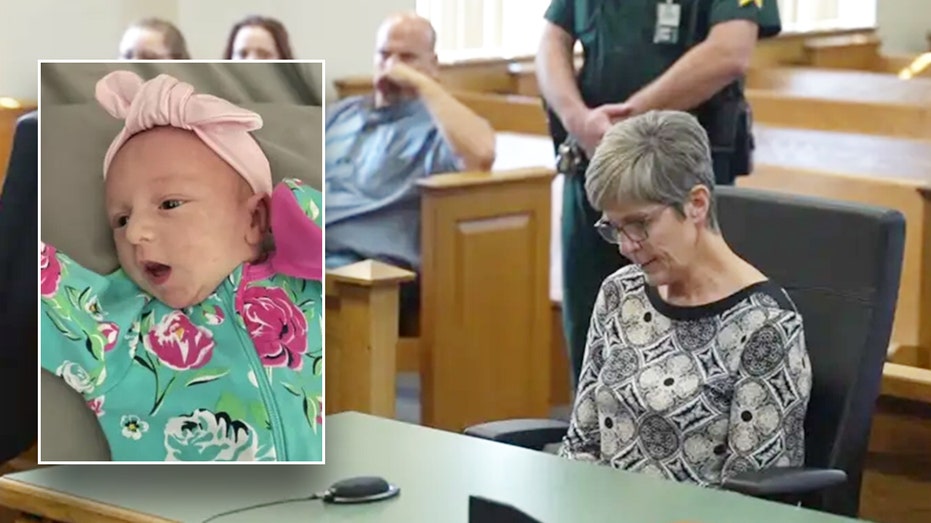
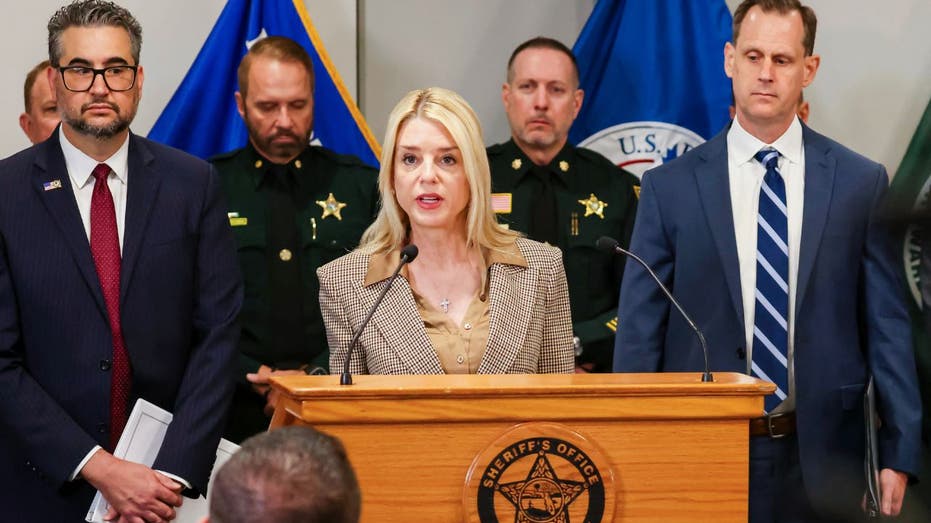












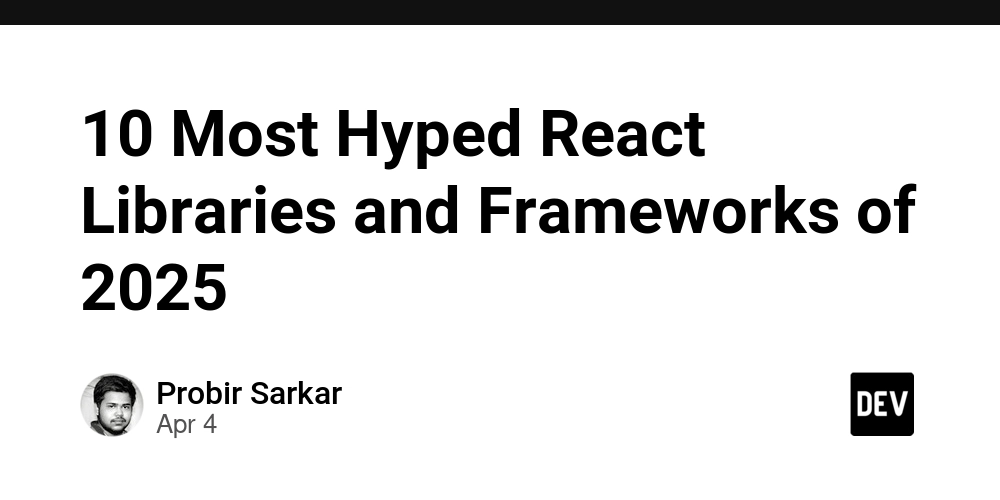





_Anna_Berkut_Alamy.jpg?#)














